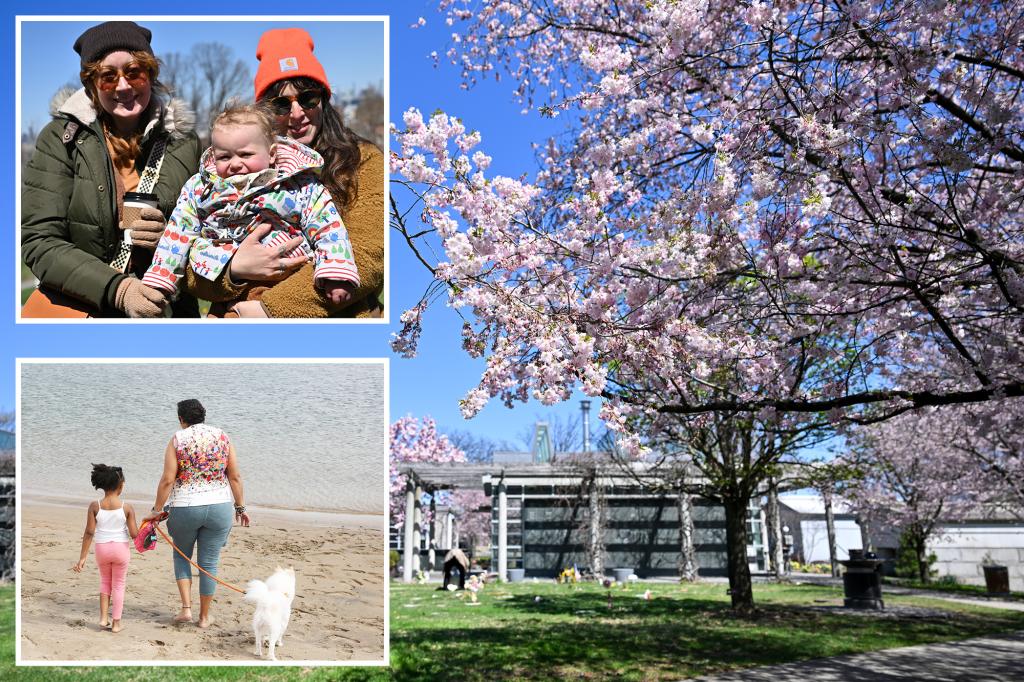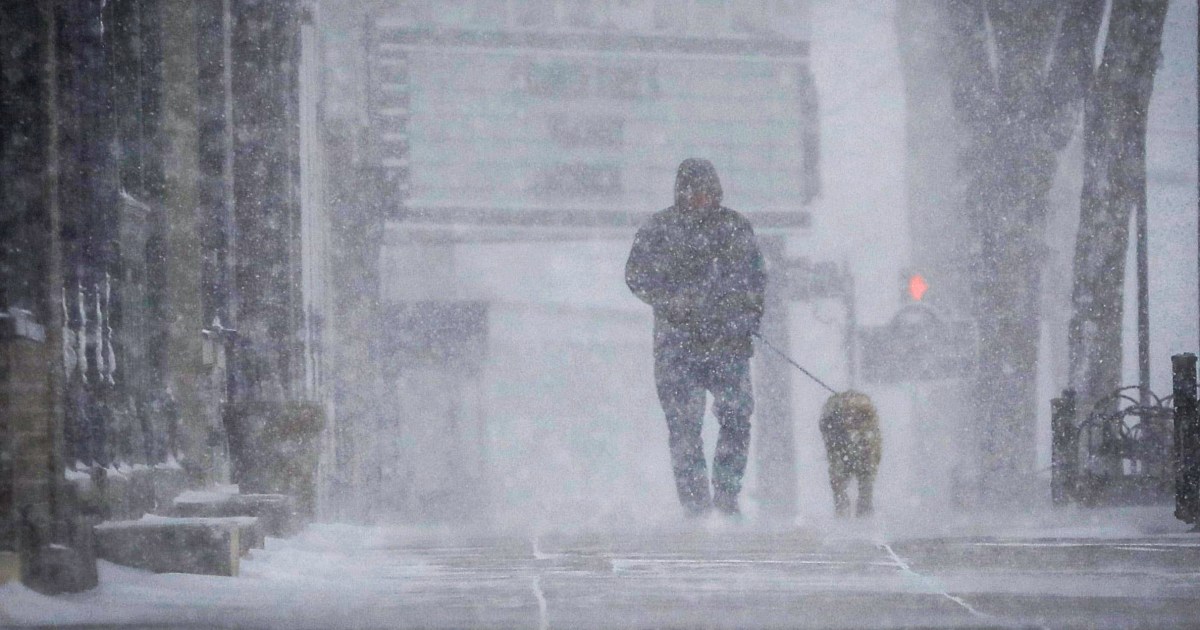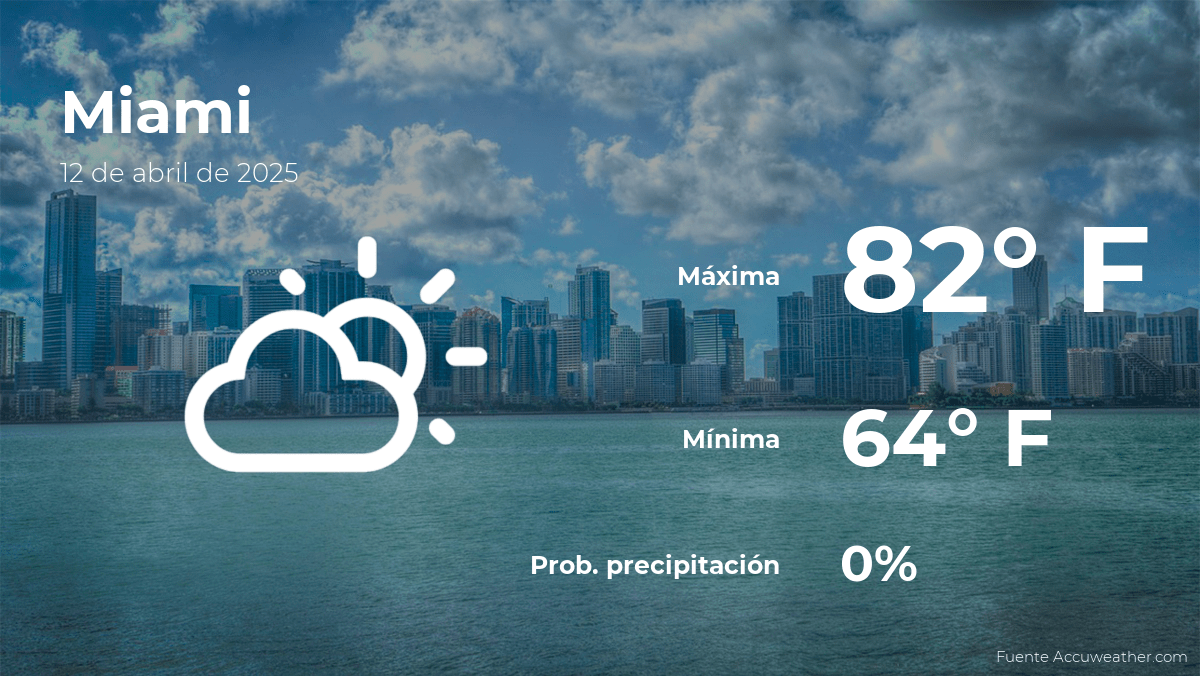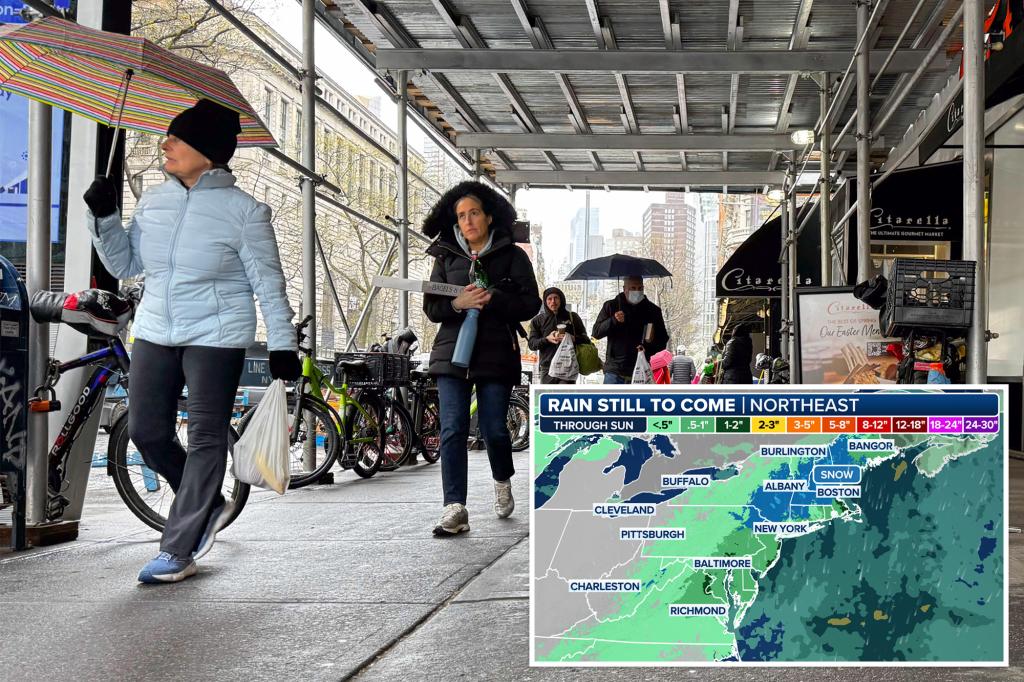Unraveling Spring’s Deceptive Warmth: New York’s Climate Anomalies Explained
New Yorkers are experiencing an unusually warm spring, with temperatures soaring 10-15 degrees above seasonal averages, leaving meteorologists and residents alike questioning the stability of traditional weather patterns. Since early March 2024, Central Park thermometers have consistently recorded highs in the mid-70s—conditions typically seen in late May—prompting both celebration and concern among climate scientists who attribute these anomalies to larger environmental shifts.
The Science Behind the Early Heatwave
Data from the National Oceanic and Atmospheric Administration (NOAA) reveals this spring ranks among the top 5% of earliest warm spells since record-keeping began in 1869. “What we’re seeing isn’t just a fluke—it’s part of a 20-year trend toward earlier springs in the Northeast,” explains Dr. Elena Rodriguez, climatologist at Columbia University’s Earth Institute. “The growing season now starts 2-3 weeks sooner than in the 1980s.”
Key contributing factors include:
- A weakening polar vortex allowing warm southern air masses to dominate
- Urban heat island effects amplifying temperature rises in metro areas
- Record-low Great Lakes ice coverage reducing regional cooling
Mixed Reactions From New Yorkers
While outdoor cafes buzz with patrons enjoying unseasonable al fresco dining, the premature warmth brings complications. “My cherry blossoms bloomed in March then got hit by frost—the trees are confused,” says Brooklyn botanist Marcus Chen, showing damaged buds at his nursery. Meanwhile, allergy sufferers face extended misery as pollen counts hit 250% of normal levels.
Tourism officials report mixed impacts. “Hotel bookings are up 18% for spring break weeks,” notes NYC Tourism VP Alicia Dawson, “but some fall foliage tours are already seeing cancellations as visitors worry about shifted seasons.”
Climate Change Connections and Future Projections
Researchers emphasize these anomalies align with global warming predictions. A 2023 study in Nature Climate Change projected Northeastern U.S. springs would arrive 1-2 days earlier per decade through 2100—a pace now appearing conservative. “The models underestimated how quickly these changes would become noticeable,” admits MIT atmospheric scientist Dr. Raj Patel.
Projected consequences for the region include:
- Increased frequency of “false springs” damaging agriculture
- Shorter winters enabling expansion of invasive species
- More volatile temperature swings between seasons
Adapting to the New Normal
Urban planners are already responding. “We’re planting heat-resistant tree species and expanding green roofs,” says NYC Office of Resilience director Naomi Wilkins. Meanwhile, some farmers have switched to quicker-growing crop varieties, though wine producers worry about grapes developing without proper chilling periods.
As April showers arrive weeks ahead of schedule, meteorologists warn the warmth may prove fleeting. “Don’t pack away winter coats yet,” cautions National Weather Service forecaster David Lin. “We’re still seeing potential for abrupt cold snaps through May—these erratic swings are becoming the new normal.”
What Comes Next for New York’s Climate?
The current warm spell offers a preview of coming decades, with climate models suggesting similar springs could become standard by the 2030s. While immediate effects seem benign—early park picnics, reduced heating bills—the long-term ecological impacts remain uncertain.
“This isn’t just about pleasant weather,” stresses Dr. Rodriguez. “It’s a wake-up call to how rapidly local climates are transforming. Every New Yorker is now a firsthand witness to climate change in action.”
For those seeking to understand their personal climate impact, the NYC Mayor’s Office recommends using their online carbon footprint calculator and attending upcoming community preparedness workshops.
See more Your Daily Weather



